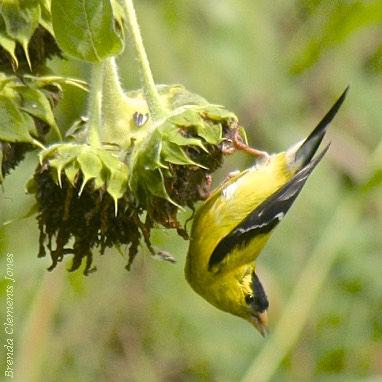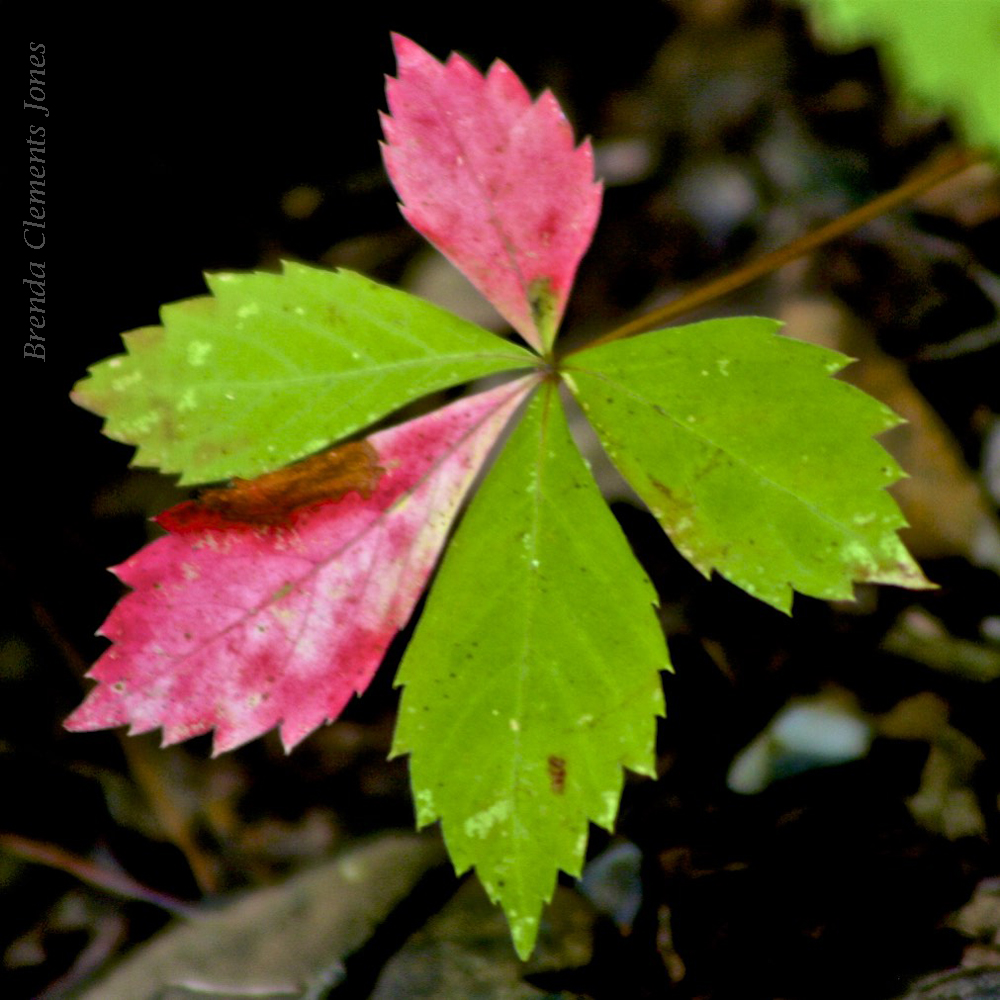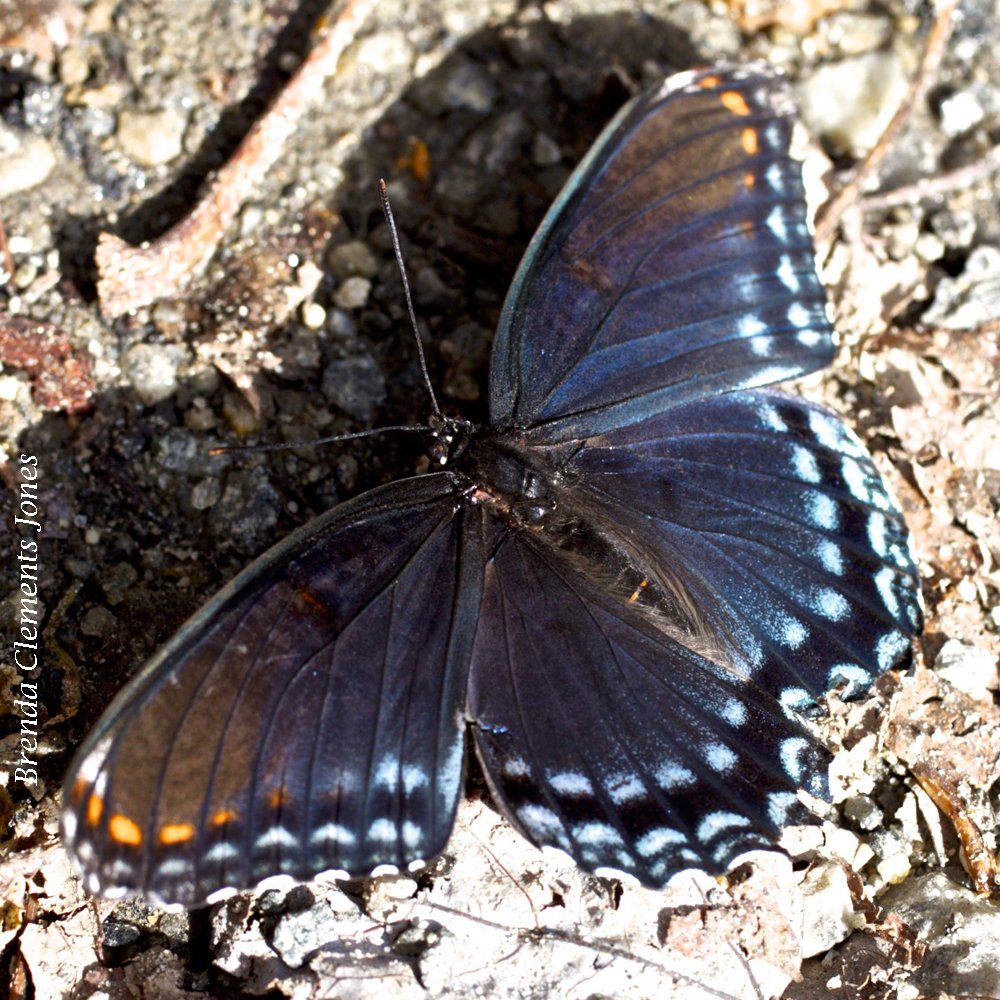-
Spotted Cucumber Beetle (Revised)

Spotted Cucumber Beetle (Diabrotica undecimpunctata). A handsome beetle, but one not to be welcomed to your garden if you are dedicated to growing melons, gourds, squash or cucumbers. They are specialists on these crops, which as a group are called, cucurbit crops. Spotted Cucumber Beetles will also feed on other plants in addition to cucurbits. If you happen to…
-
Promise

I love Sunflowers (Helianthus). Each stage of its life from seed to withering, drooping flower, again to seed, it holds such promise, so much potential. Such inspiration. One of my pastel paintings.
-
A Big Dragonfly

A Common Whitetail (Plathemis lydia). This is a male. The female has a brown body and three dark patches per wing. Their diet consists of small insects like mosquitos and gnats. A good thing to have around. They in turn are eaten by various fish, frogs, and birds, and other aquatic insects. Common Whitetail larvae…
-
White Swan Coneflower

A Great Spangled Fritillary (Speyeria cybele) on a cluster of White Swan Coneflower (Echinacea purpurea ‘White Swan’).
-
Seedheads

Drooping Sunflowers filled with seeds. Goldfinch (Spinus tristis) love them, and will do all sorts of gymnastics to get those seeds. Leave your garden filled with seedheads. The birds will thoroughly enjoy them throughout the fall and winter.
-
Independent Leaflets

As days get shorter some leaves take that as a signal and stop making chlorophyl. That chlorophyll is what gives the leaves their green color, and what is left in those leaves will break down. The green fades and disappears. Yellow, orange, and red colors left in the leaves and now uncovered, become visible. This…
-
Soon Autumn

Autumn is sneaking up on us. Slowly creeping. It starts in late June when the leaves of Flowering Dogwood begin to let a bit of red seep into the green. Not enough that anyone notices. Anyone except the ones that are tuned into such things. I notice it every year. And now, some of those…
-
Not Red-spotted but Orange-spotted

Such a bewitching butterfly, but aren’t they all! Red-spotted Purple (Limenitis arthemis). Not the most beautiful of diets though. Tree sap, rotting fruit, dung, carrion and on occasion, nectar. And what about those spots? Obviously not named by a student of color. Found in the eastern United States, from the Gulf Coast to southern Canada.…
-
More Orange

Many more photos of orange call to me. Here are a few more. Orange cars may be unusual but back when this was ours, they were even more unusual. At least that seemed to be the case. Here it is, complete with bear paw prints on its hood. We live in bear country after all.…

